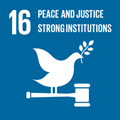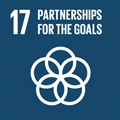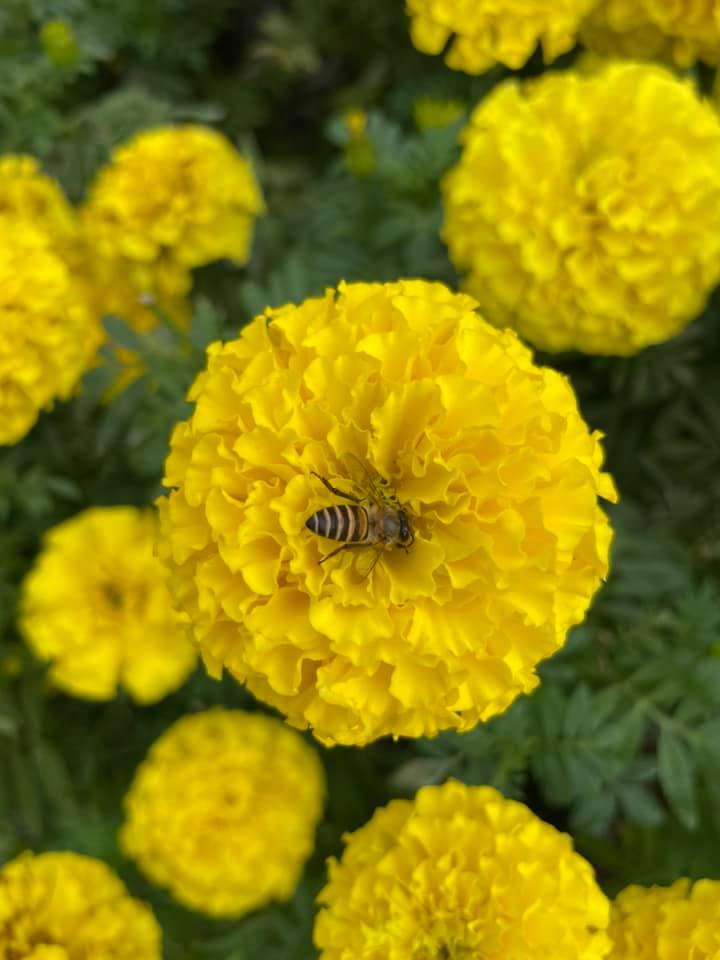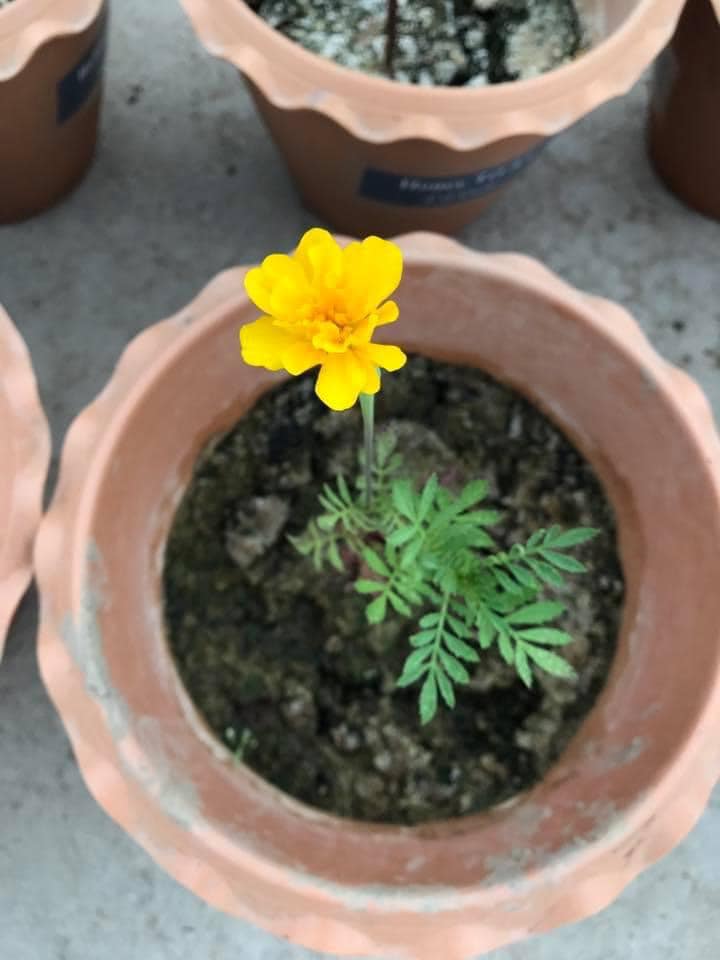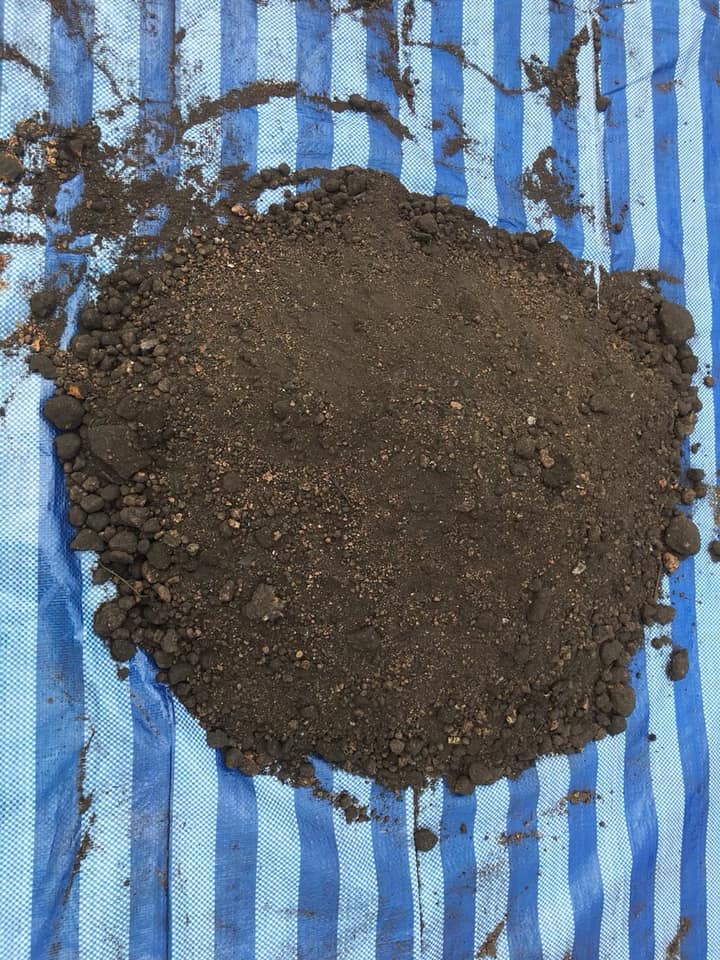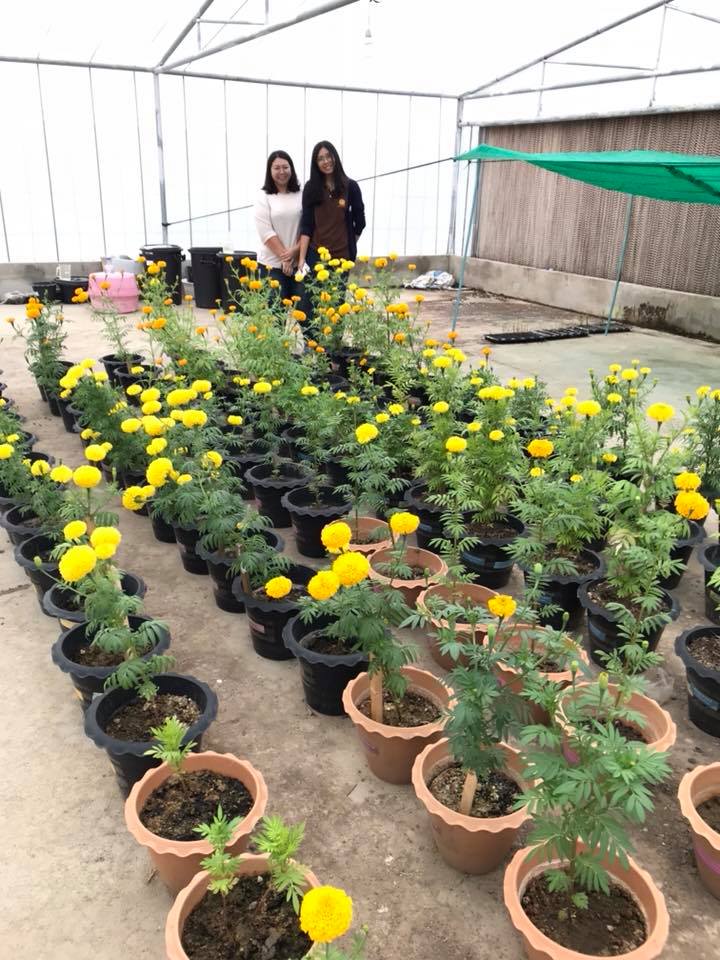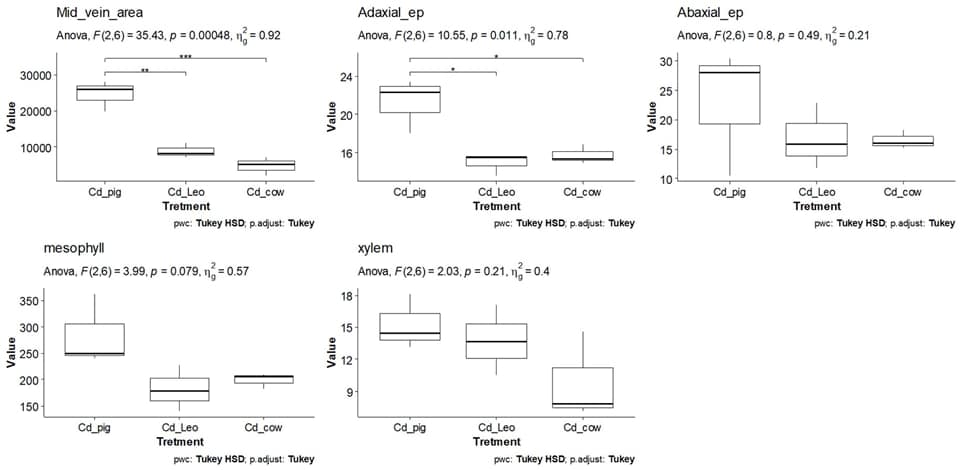Warning: sort() expects at least 1 parameter, 0 given in /var/www/html/sdgs/wp-content/themes/wp-bootstrap-starter-child-master/functions.php on line 77
Warning: Use of undefined constant console - assumed 'console' (this will throw an Error in a future version of PHP) in /var/www/html/sdgs/wp-content/themes/wp-bootstrap-starter-child-master/functions.php on line 78
Warning: log() expects parameter 1 to be float, string given in /var/www/html/sdgs/wp-content/themes/wp-bootstrap-starter-child-master/functions.php on line 78
| Subjects | Details | |||||||
|
Research Project/ Project/Activities/Events |
Effects of soil amendments on leaf anatomical characteristics of marigolds cultivated in cadmium-spiked soils | |||||||
| Project managers |
1.Associate Professor Dr. Weeradej Meeinkuirt 2.Ms. Alapha Thongchai 3.Dr. Puntaree Taeprayoon 4.Assistant Professor Dr. Isma-ae Chelong |
|||||||
| Statement problems |
The zinc (Zn) mining industry and its operations in cadmium (Cd) and Zn co-contaminated agricultural areas have long been recognized as a major source of Cd and Zn pollution in the Mae Tao River basin, Mae Sot district of Tak Province, Thailand. For more than 30 years, people in those areas have been affected by Cd pollution released from polluted agricultural soils, causing renal and bone disorders, and eventually cancer. Local villagers or farmers continue to cultivate rice and other crop plants in such polluted areas in order to earn money for their livelihood and other beneficial lives. As a result, the Thai government and local authorities advised local people and farmers to stop growing crop plants on polluted soils. Phytomanagement is a subset of “phytoremediation,” which involves using green plants to remove heavy metals from polluted soils and streams; nonetheless, the ultimate objective is to employ plants for purposes other than biota consumption. Plants are used in phytomanagement technology for a variety of purposes, including energy, furniture, and architectural adornment etc. Marigold cultivars have been cultivated in Mae Tao River Basin areas, which are also known as agriculturally polluted areas, since they have been reported to serve as flowering ornamental plants that are cut for sale to assist communities generate income. High levels of Cd and Zn, on the other hand, may have an impact on marigold growth and flowering. Soil amendments will be used to improve soil properties, plant growth, and productivity, according to the research hypothesis. Many organic amendments, in particular, can diminish heavy metal mobility in soil and water, which may assist lower heavy metal bioavailability. The success of phytomanagement technology, on the other hand, should begin with plant selection, which should include consideration of water and soil management. |
|||||||
| Area of Studies/ Area of Activities | Greenhouse experiments and laboratory-based investigations to determine heavy metal concentration in marigold plant tissues | |||||||
| Objectives |
1.To determine the effects of soil amendments on plant growth performances, cadmium and zinc uptake and accumulation, and anatomical modifications in leaves of four marigold cultivars (Tagetes erecta L. e.g., Honey, American and Sunshine and T. patula L. e.g., French) grown in greenhouse 2.To determine phytoremediation potential of the four marigold cultivars (Tagetes erecta L. e.g., Honey, American and Sunshine and T. patula L. e.g., French) |
|||||||
| Years | 2020 | |||||||
| Project/Activity Duration | June 1, 2020 – March 30, 2021 | |||||||
| Levels of Collaboration | University level | |||||||
| Collaborative organization | Yala Rajabhat University | |||||||
|
Project approaches/ Activity approaches |
1.Greenhouse study 2.Laboratory works |
|||||||
| Target groups |
– |
|||||||
| Numbers of Participants | – | |||||||
| Outputs/Outcomes |
1.To develop a high potential plant for phytoremediation that can be used to remove cadmium and zinc from contaminated soil 2.Instead of edible crop plants, the flower cut from marigolds will be used as a commercial product to generate income for communities in the Mae Tao River Basin, Tak Province. 3.To develop a fertilizer or soil amendment that can be used in agricultural areas as a novel product |
|||||||
| Web link | https://doi.org/10.1038/s41598-021-95467-9 | |||||||
| Pictures/Images |
|
|||||||
| SDGs goals | Goal 3 : Good health and well being Goal 15 : Life on land Goal 17 : Partnerships for the goals |















